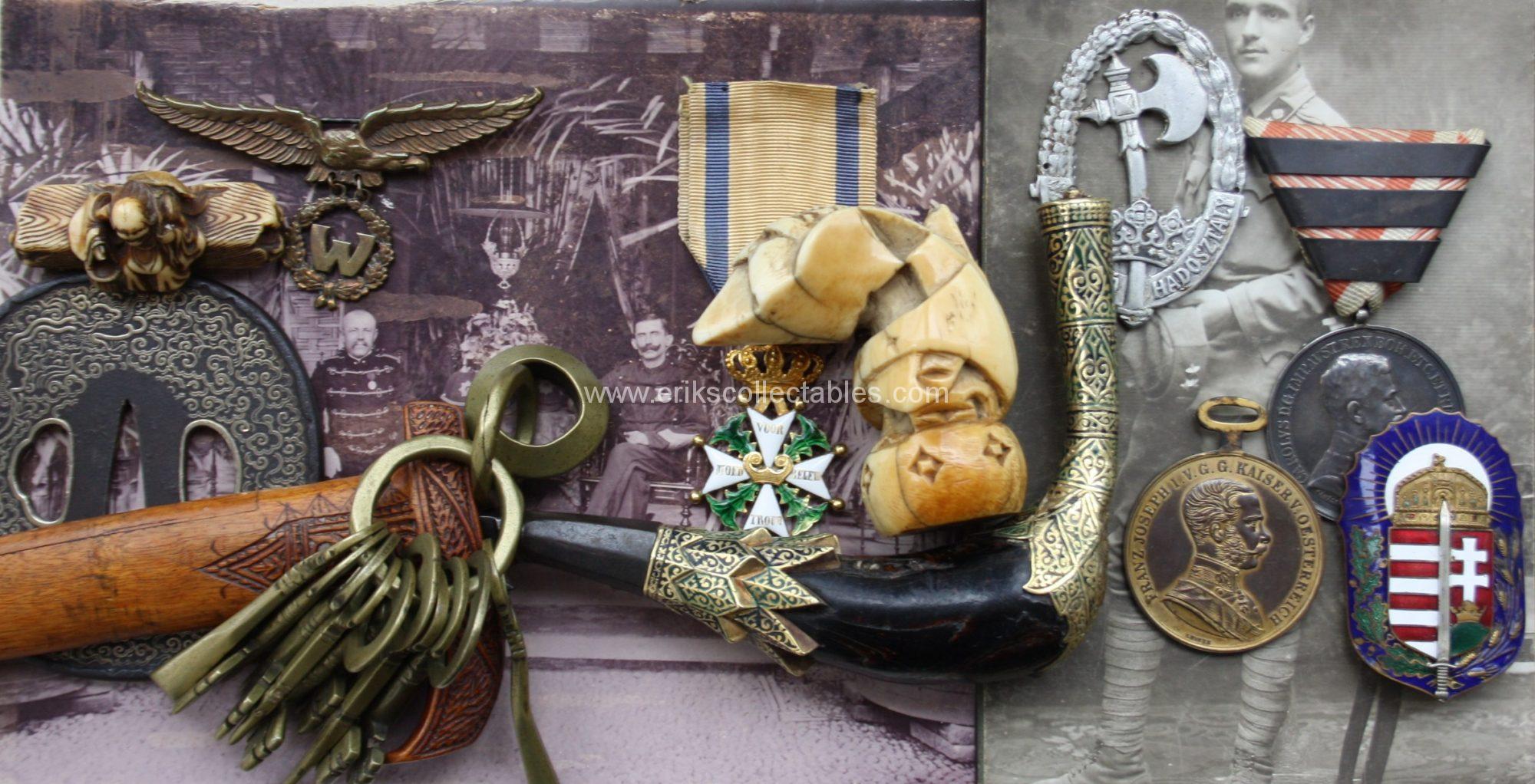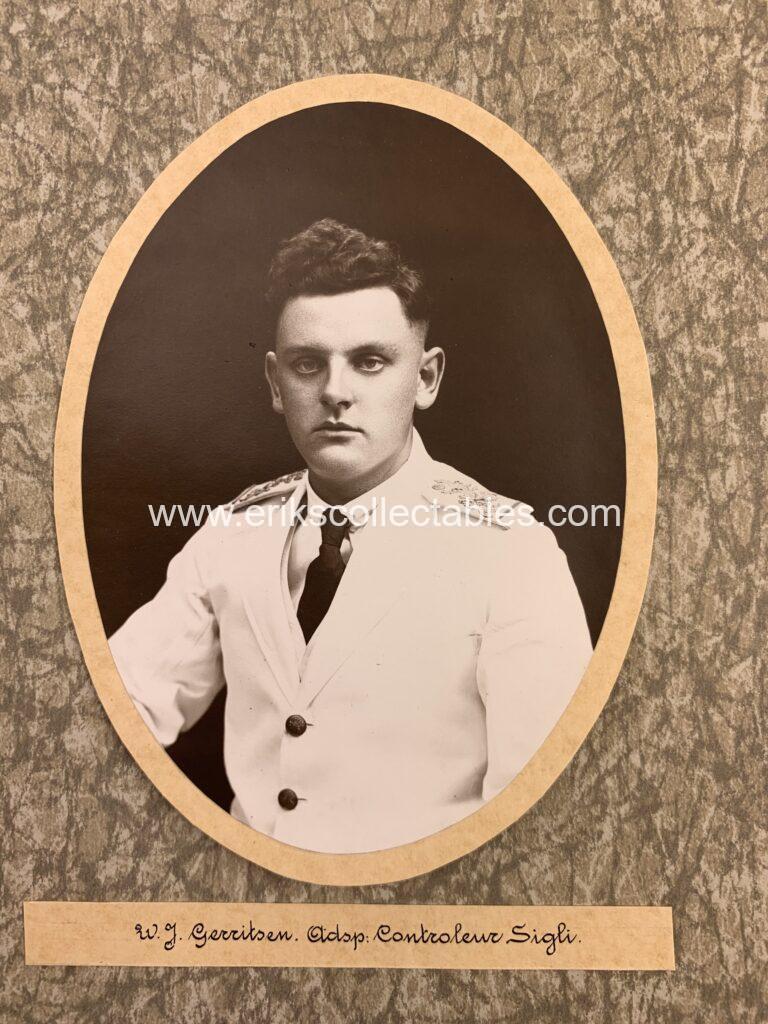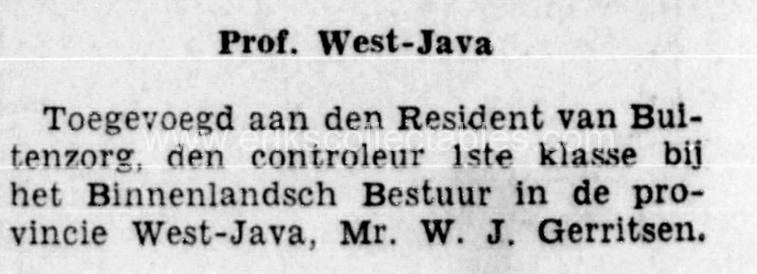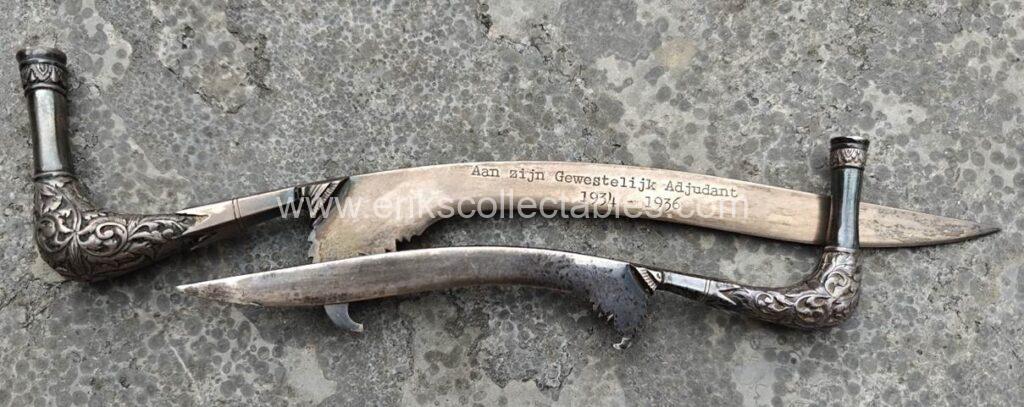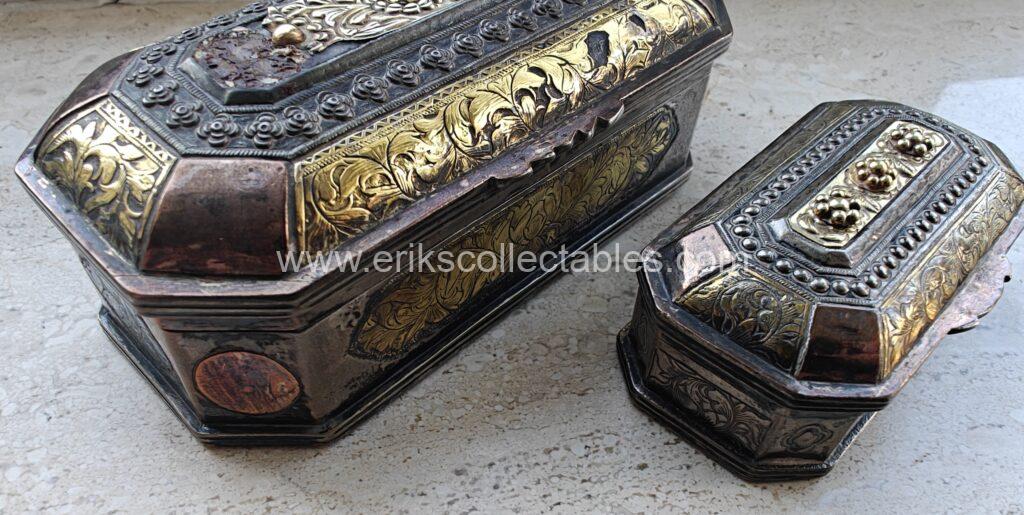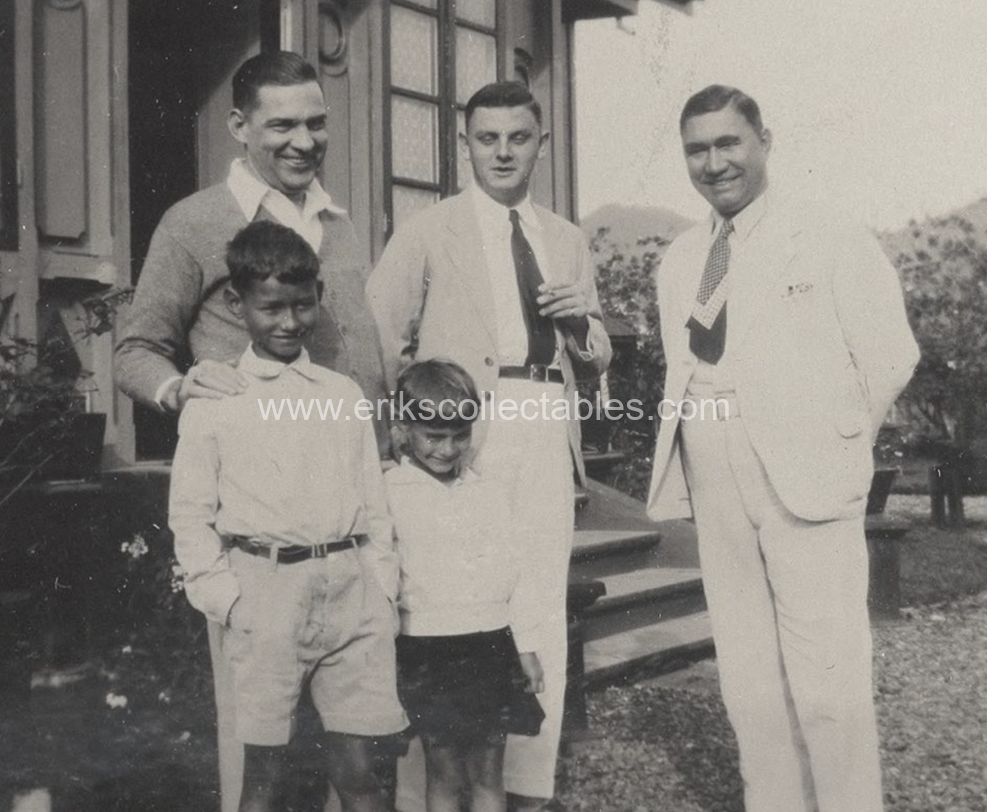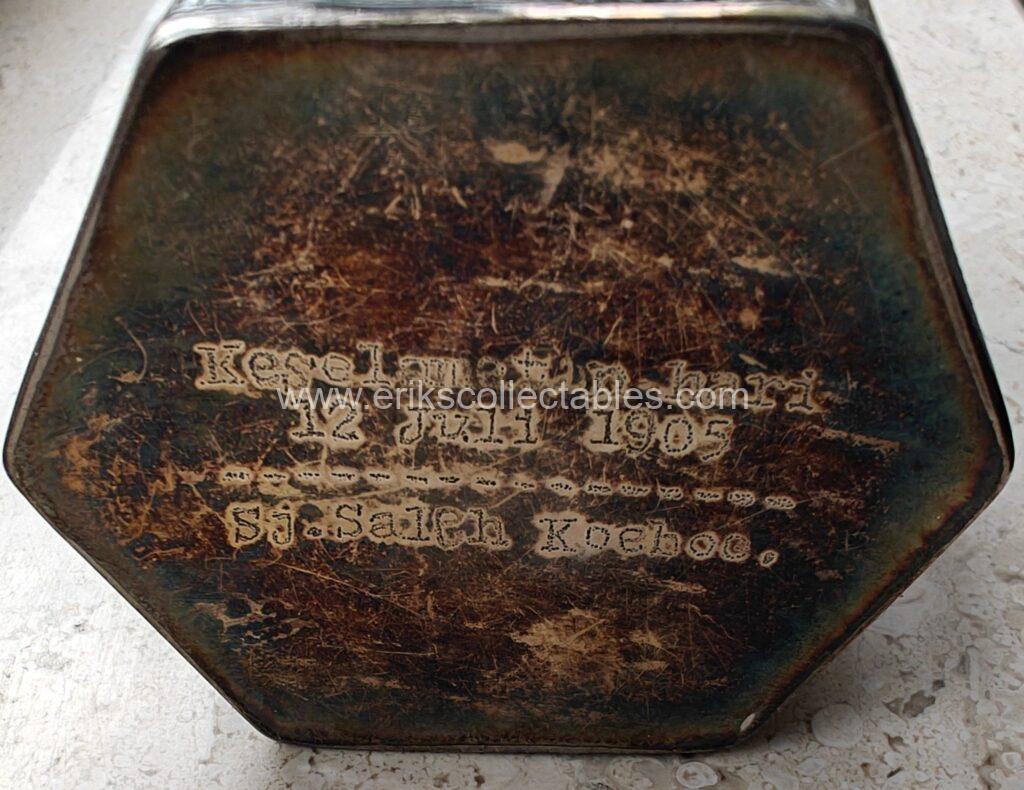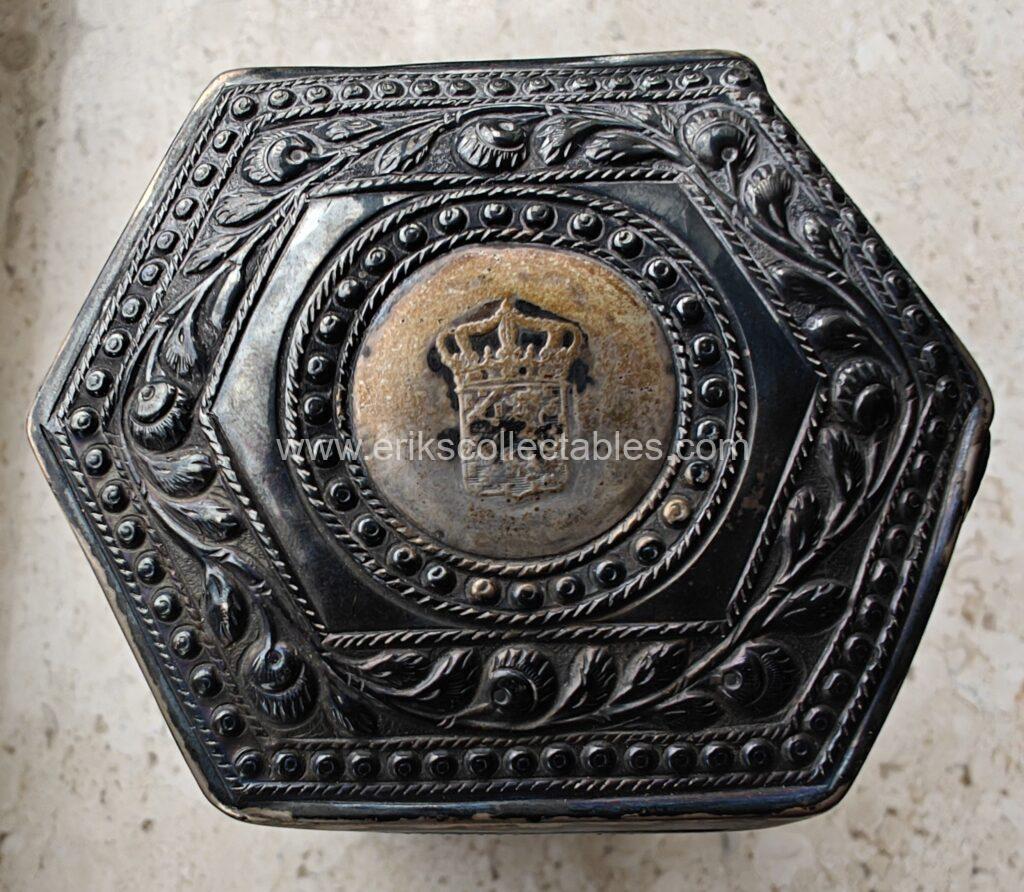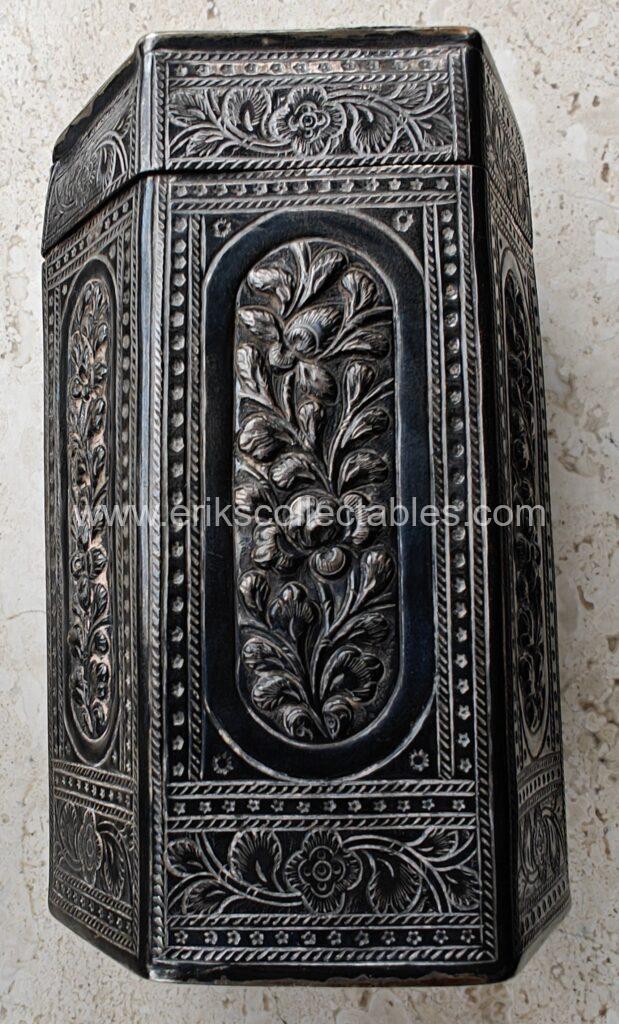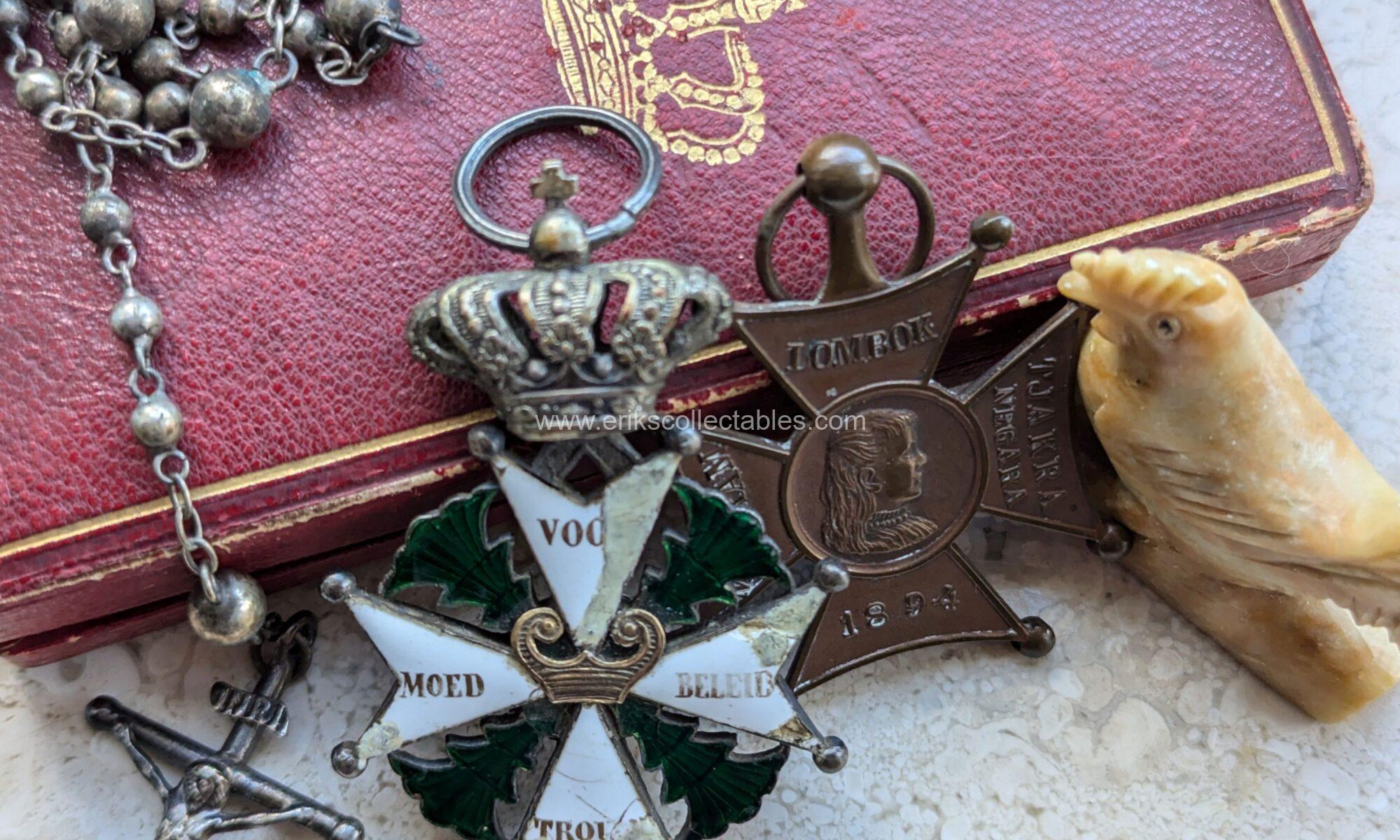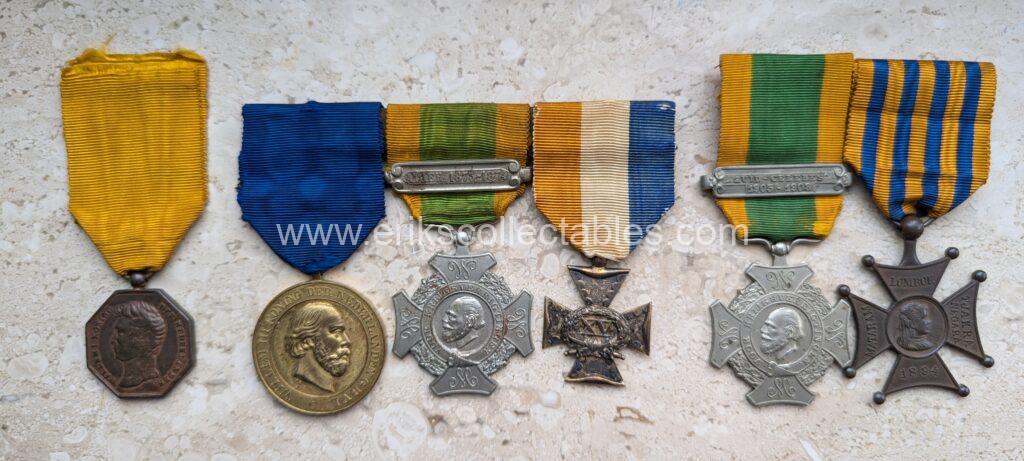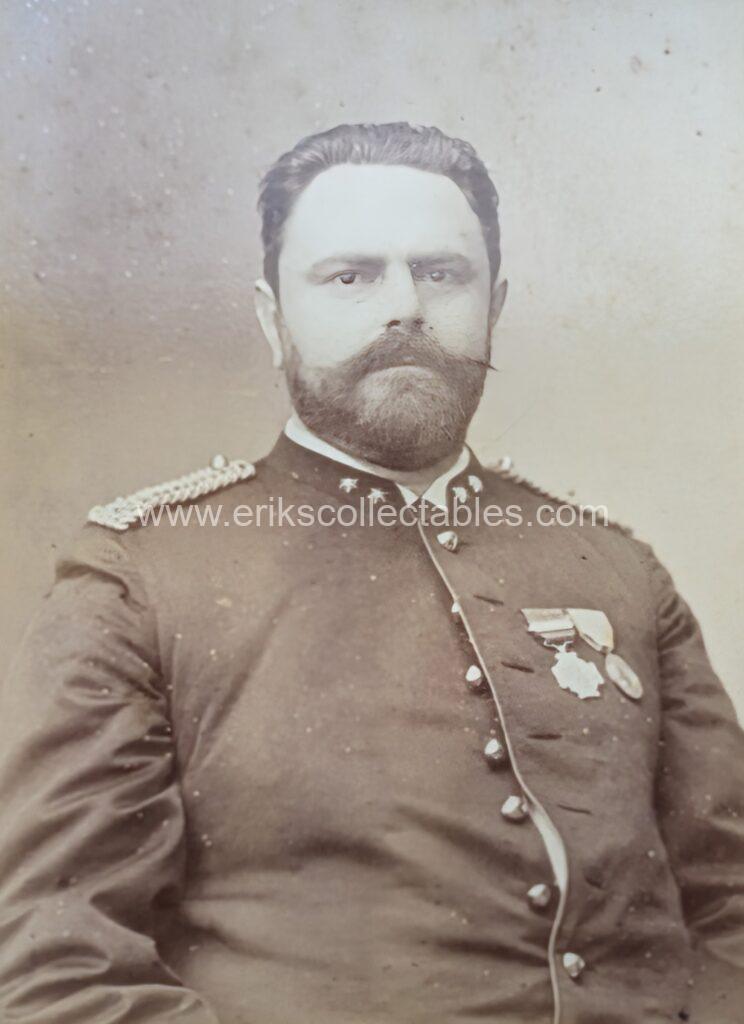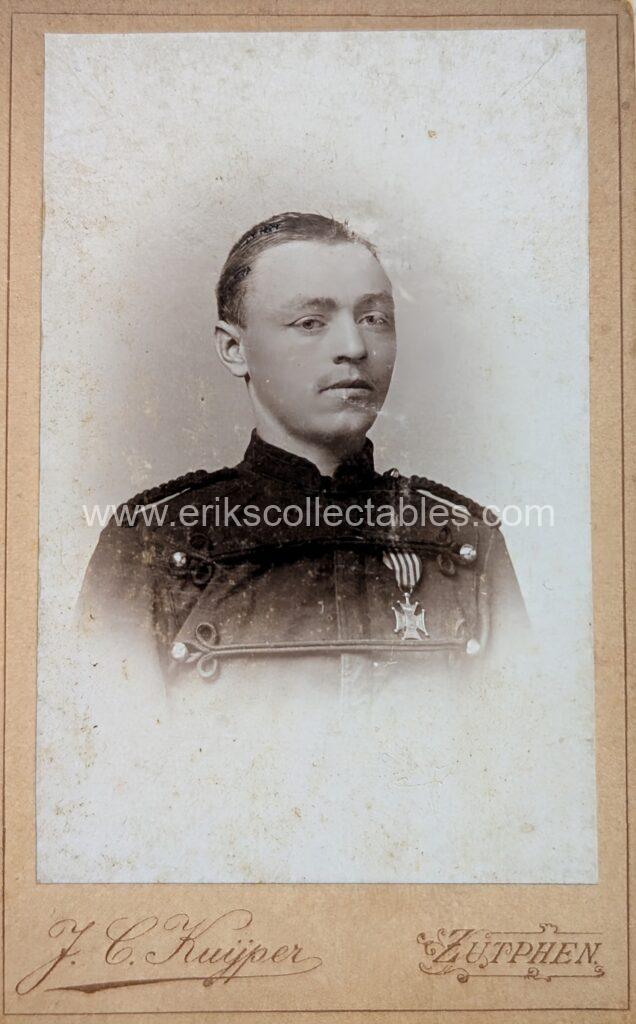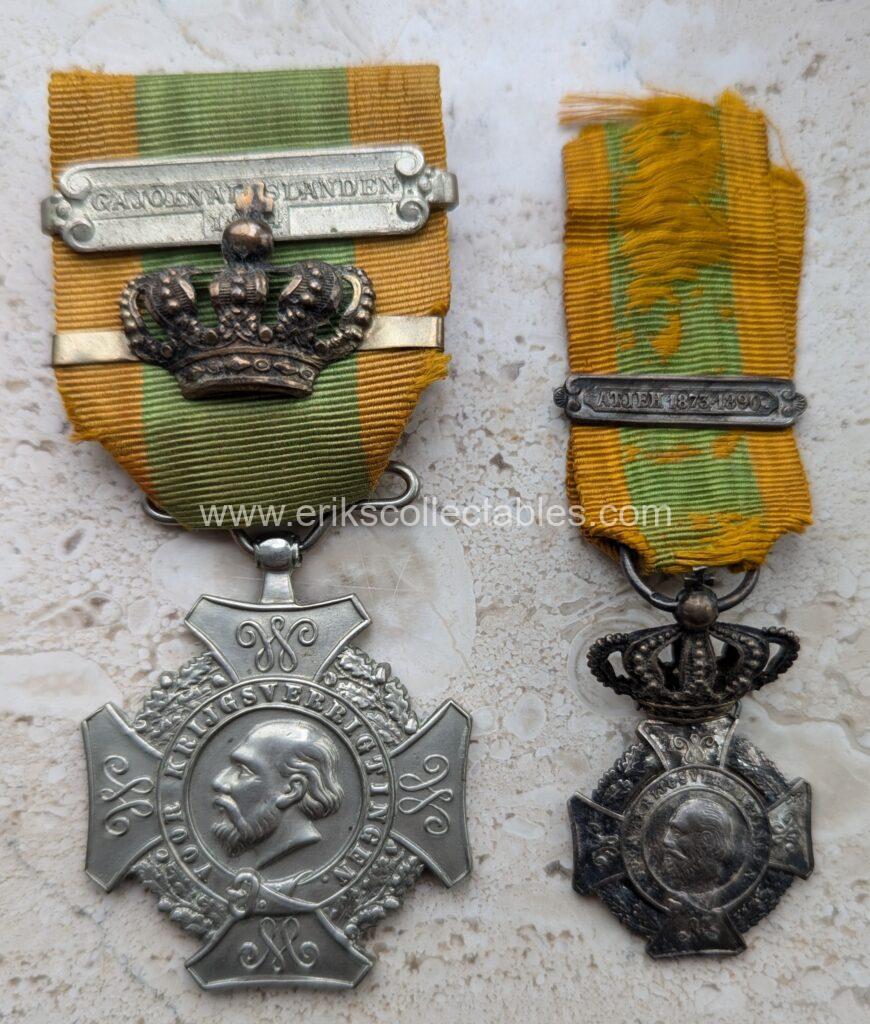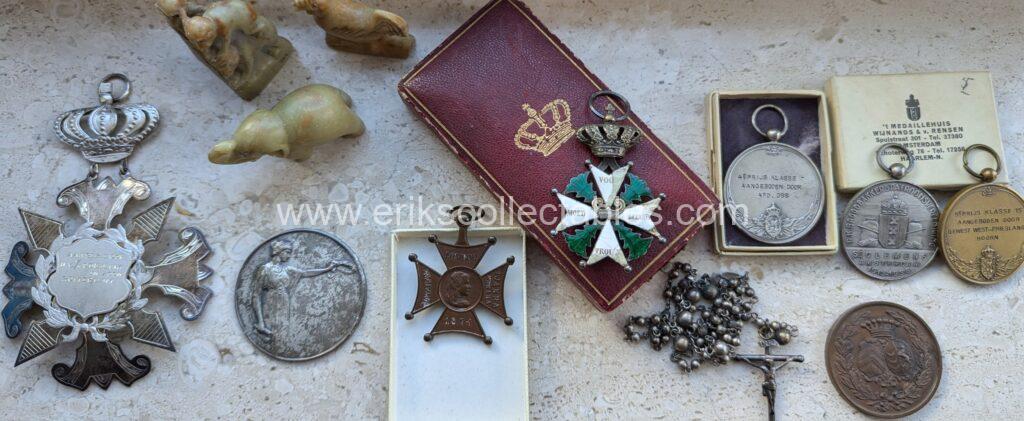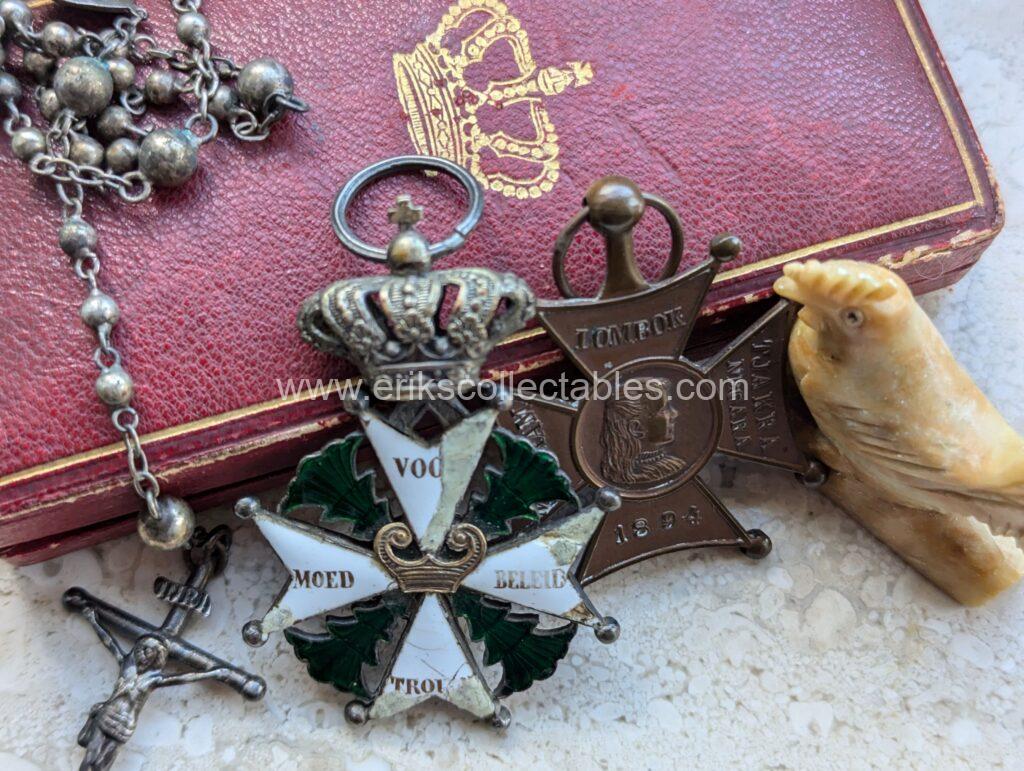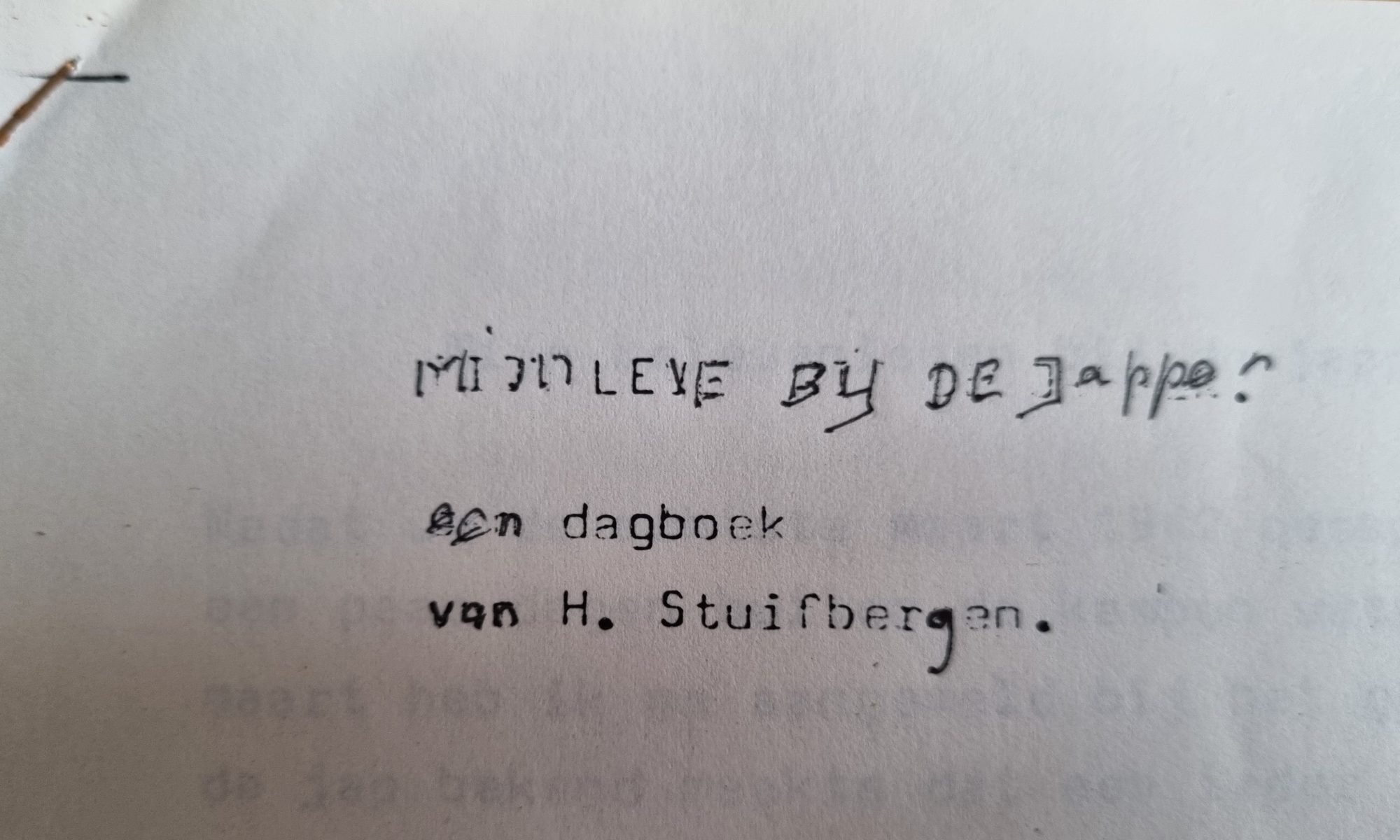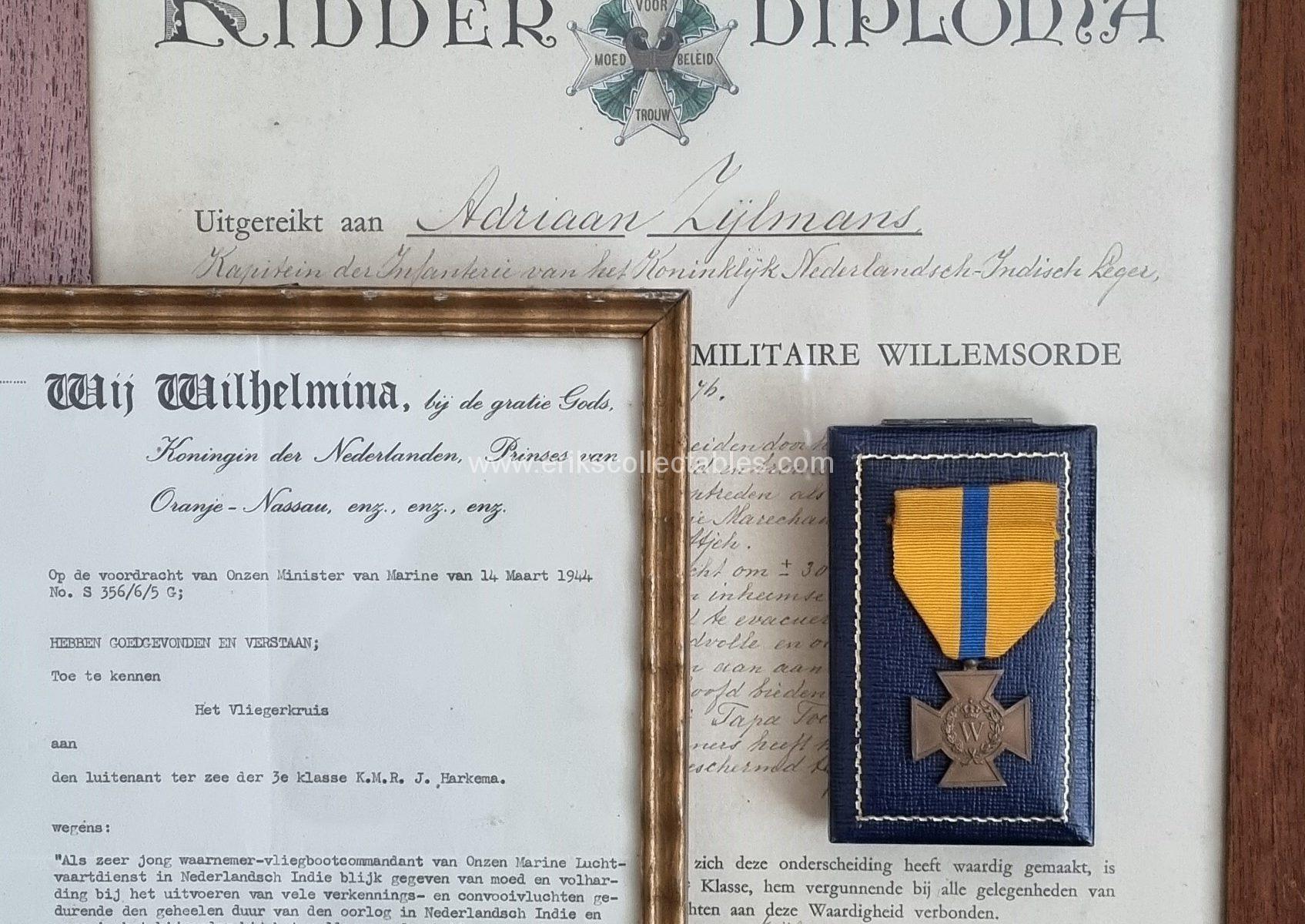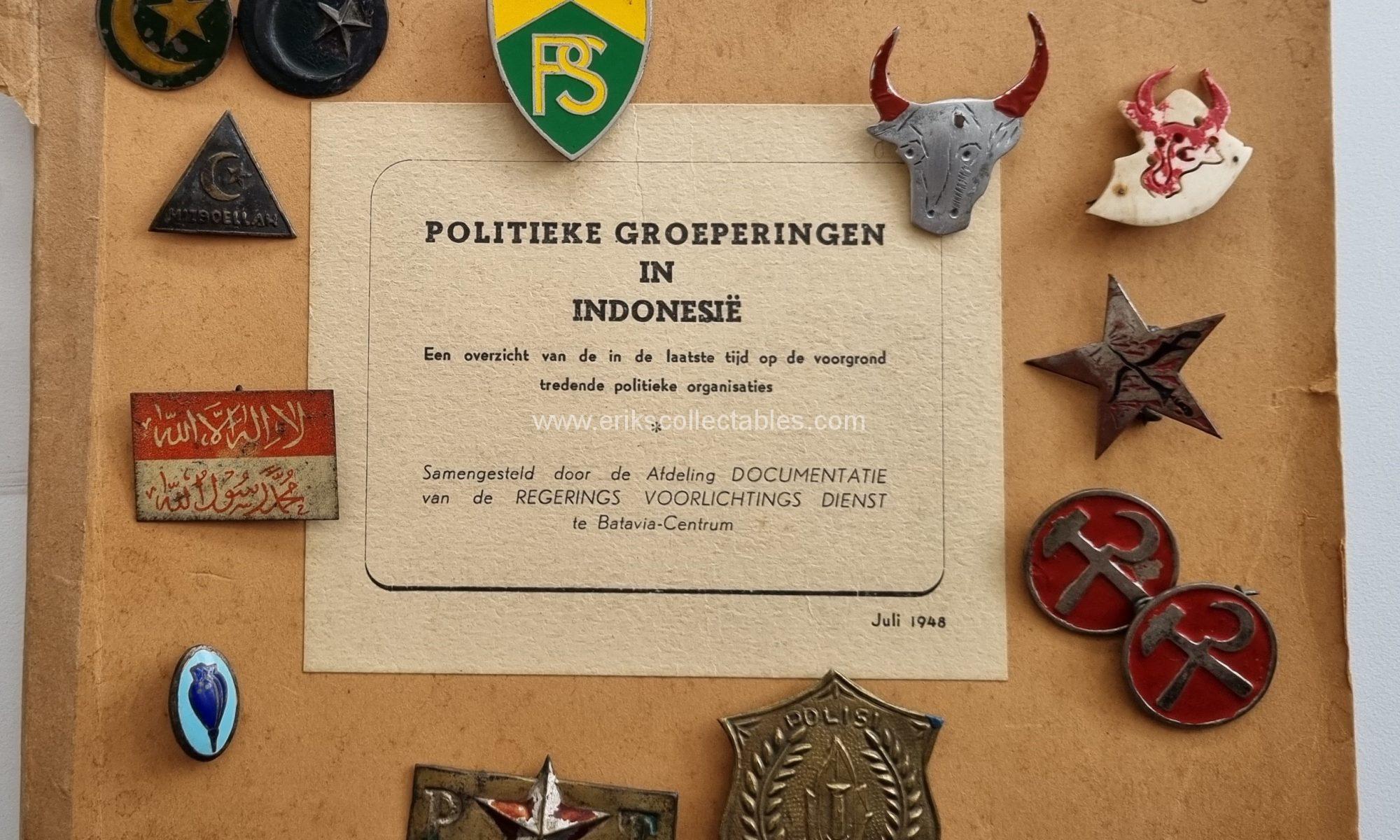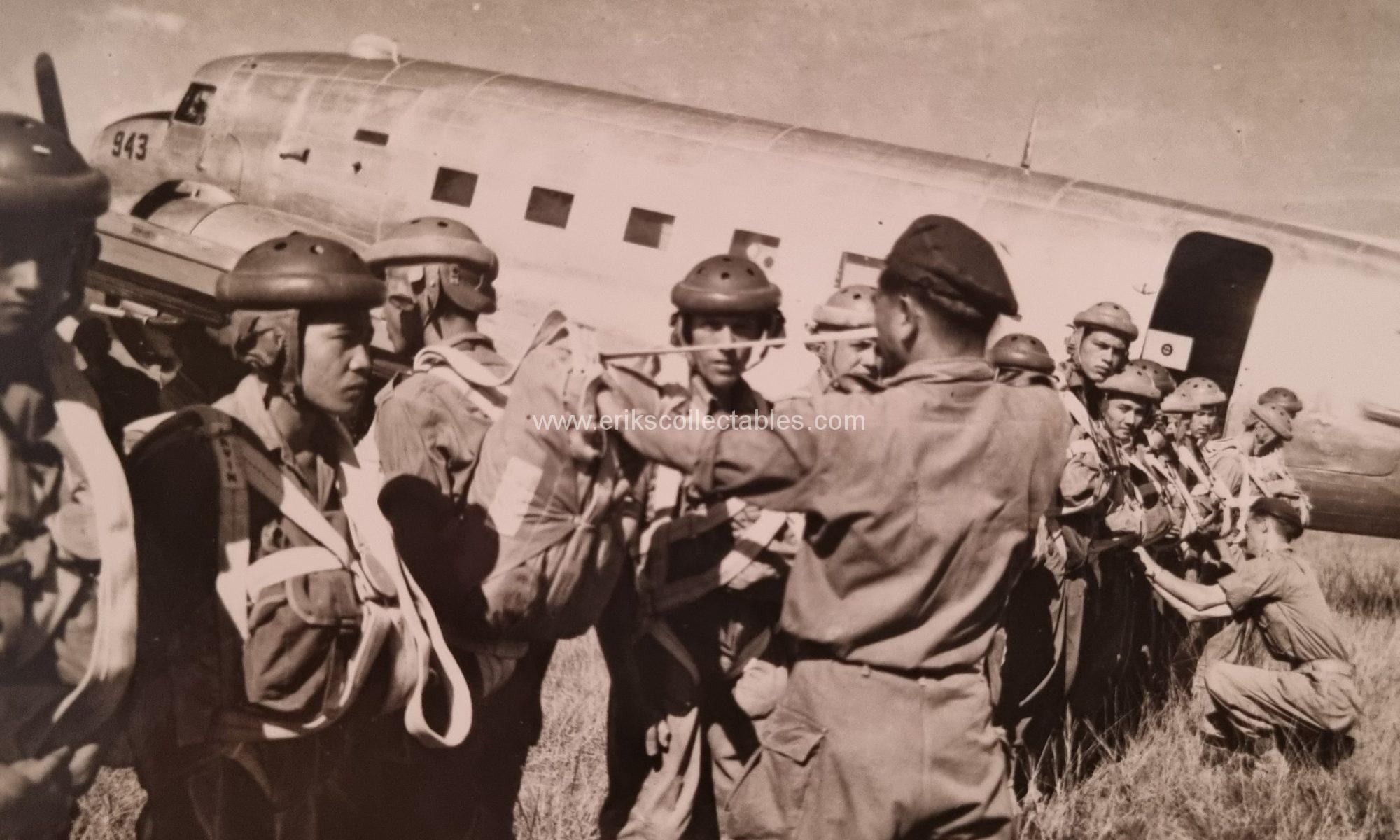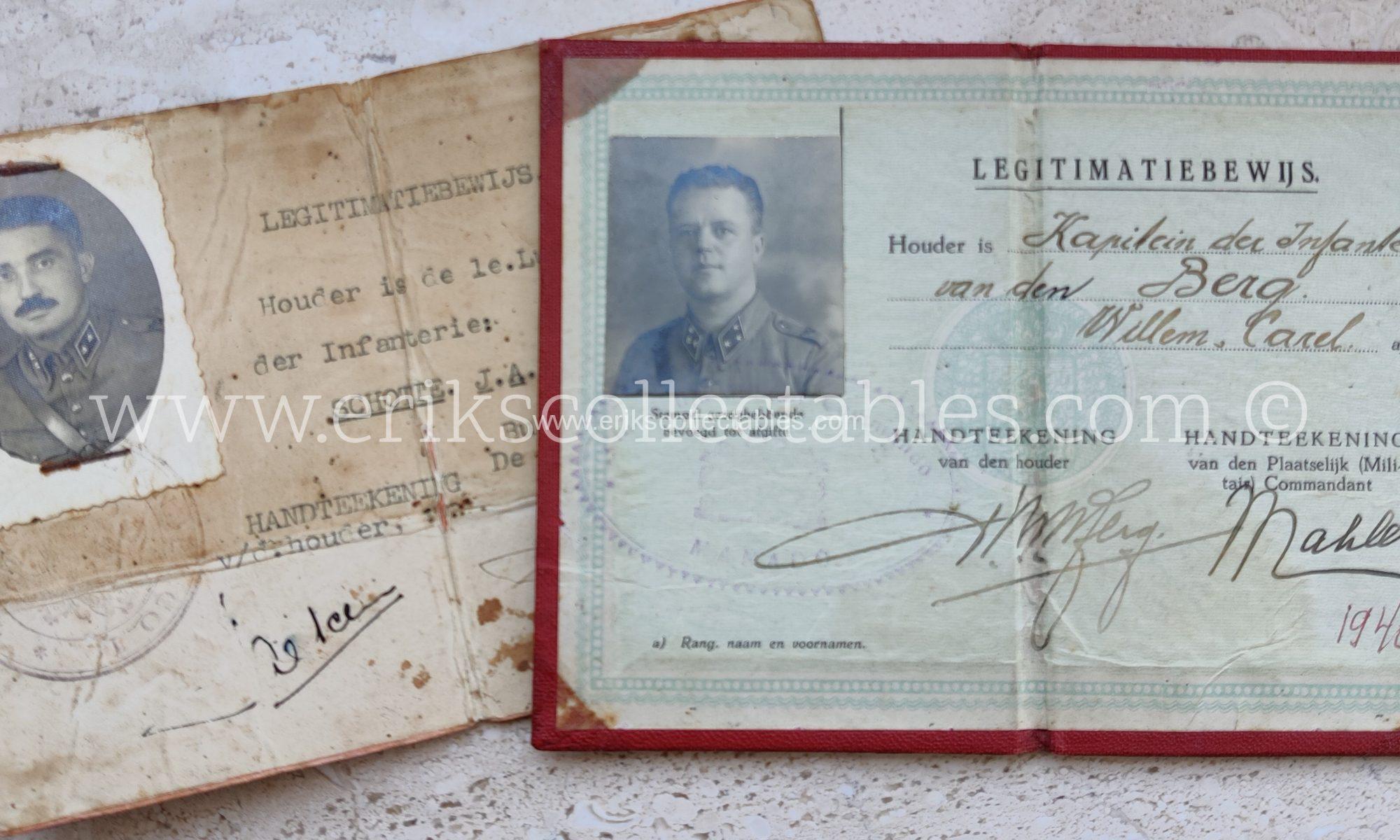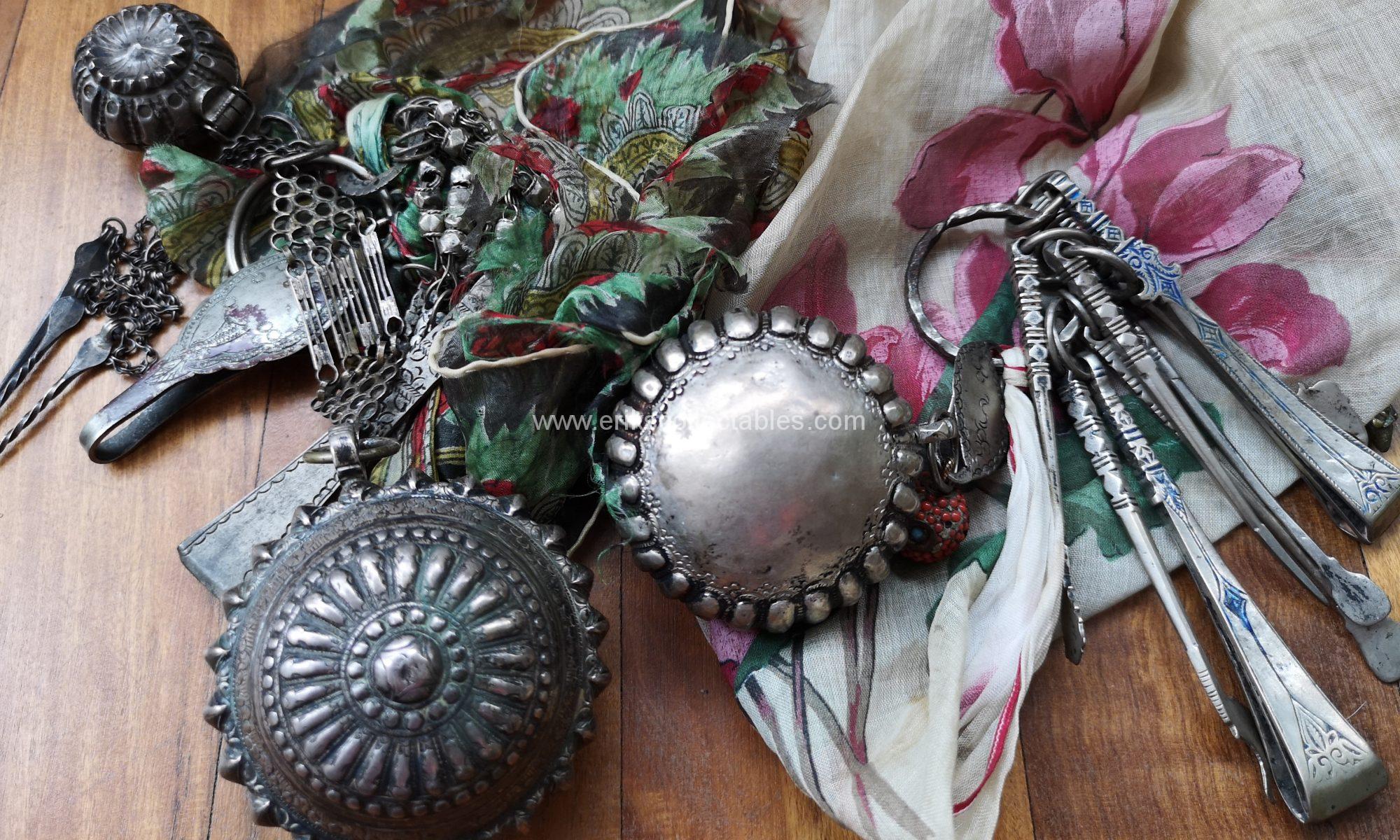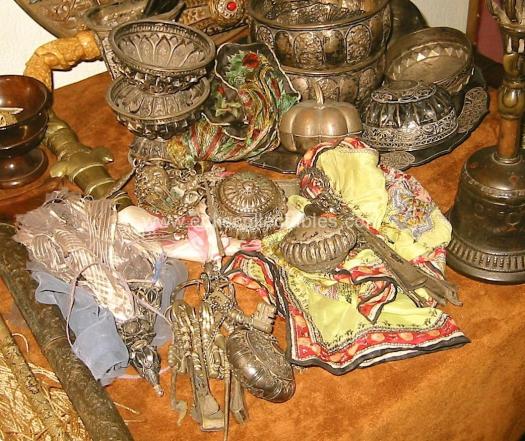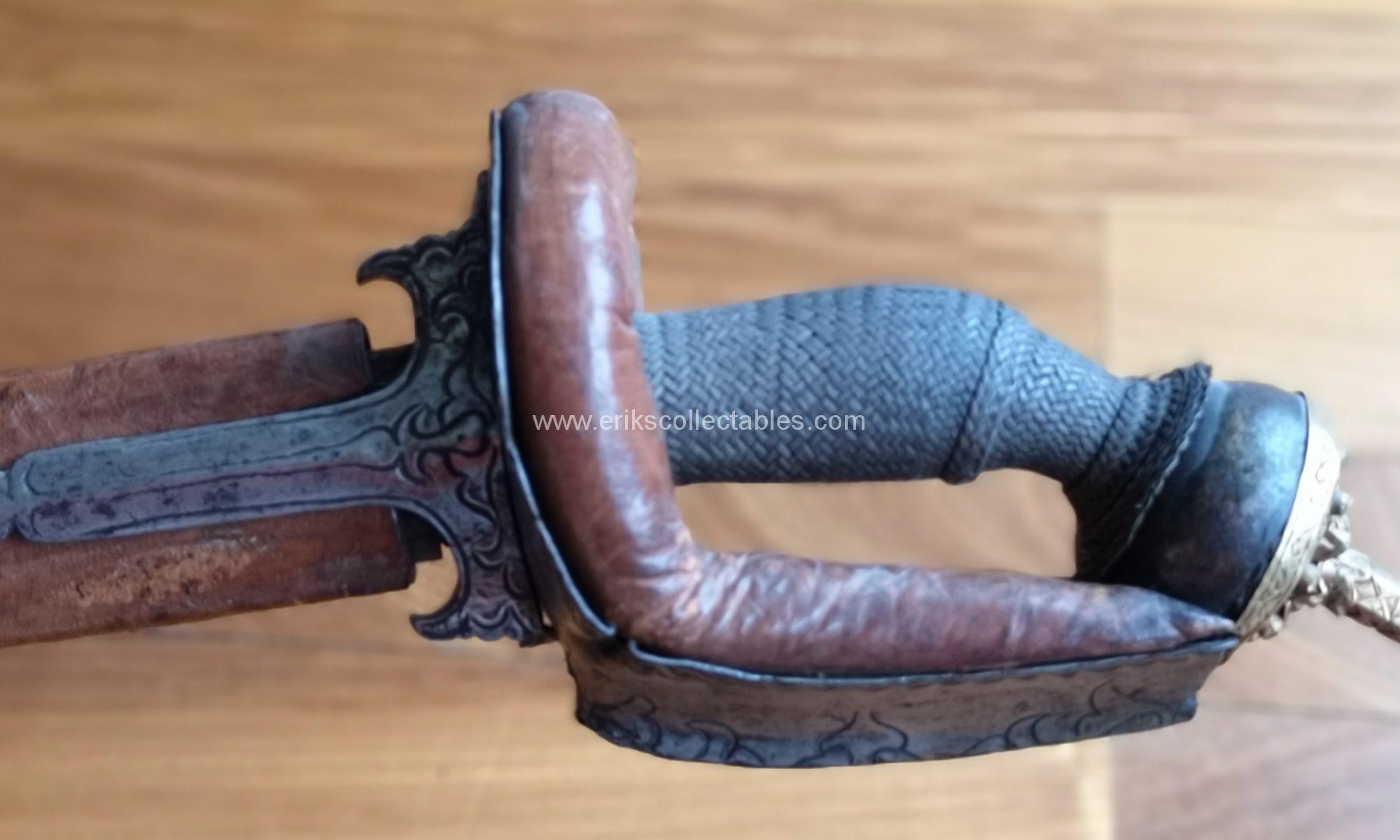Het Ereteken voor Belangrijke Krijgsverrichtingen (EBK) was de campagne medaille van het KNIL waarbij deelname aan een specifieke actie weergegeven werd met een gesp waarop de naam (locatie en jaartal) van de actie vernoemd werd. Deze medaille werd in 1869 ingesteld met gespen die teruggingen tot acties in 1846. In totaal werden er 33 verschillende gespen ingesteld waarvan er slechts 1 was voor een actie buiten Nederlands Indië. Meer over het ereteken valt te lezen op deze wikipagina.
Hier enkele voorbeelden van de EBK:
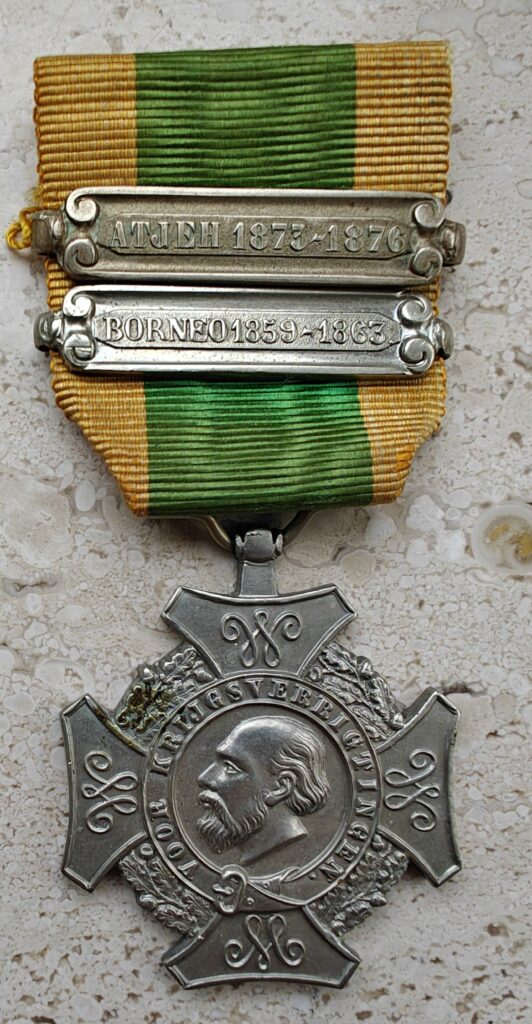
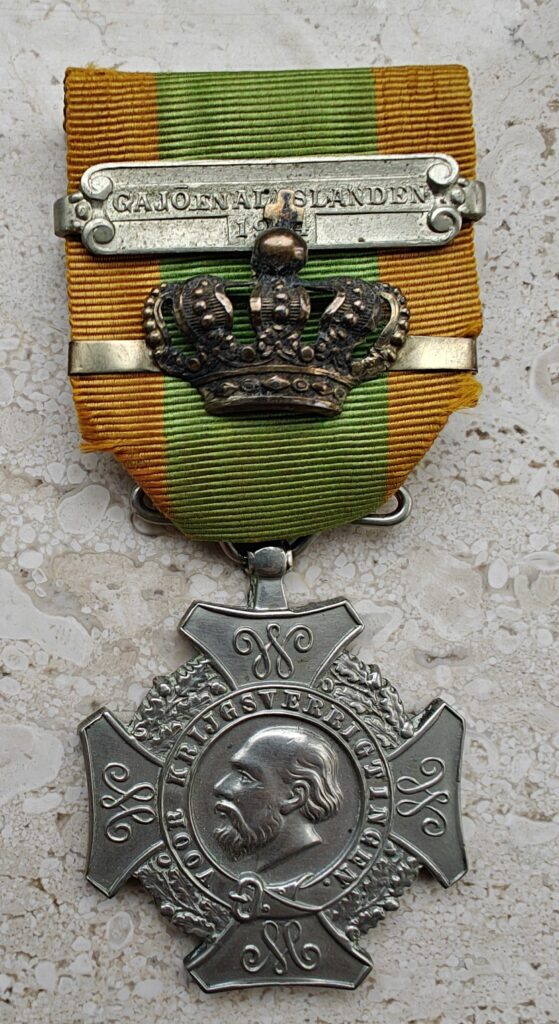
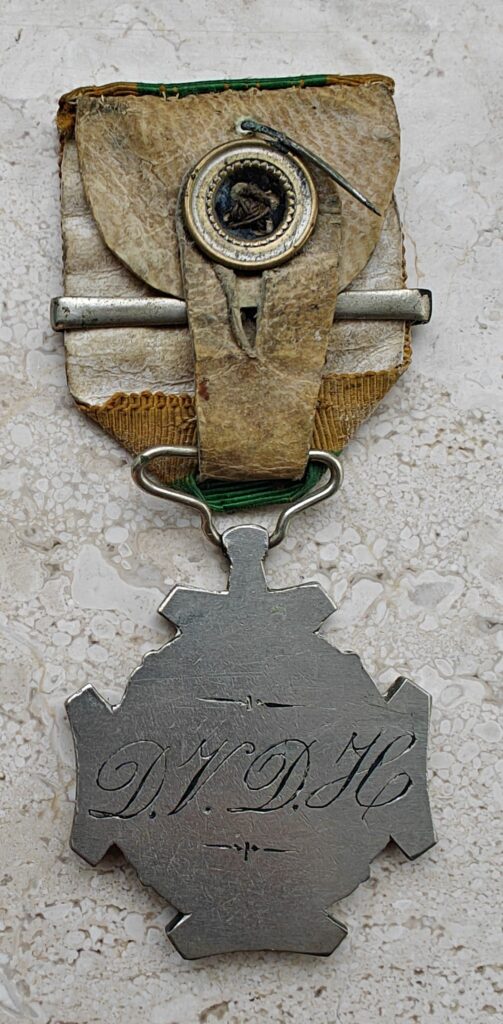
Zoals op de middelste foto hierboven te zien is kon ook een kroon voor Eervolle Vermelding (dapperheid onder het niveau van een Militaire Willemsorde) op de medaille gedragen worden. Je kunt hier meer lezen over dit ereteken aan een marine arts. De derde EBK is aan de achterkant voorzien van een privé gravering. Helaas zijn het alleen initialen waardoor het niet verder te researchen is.
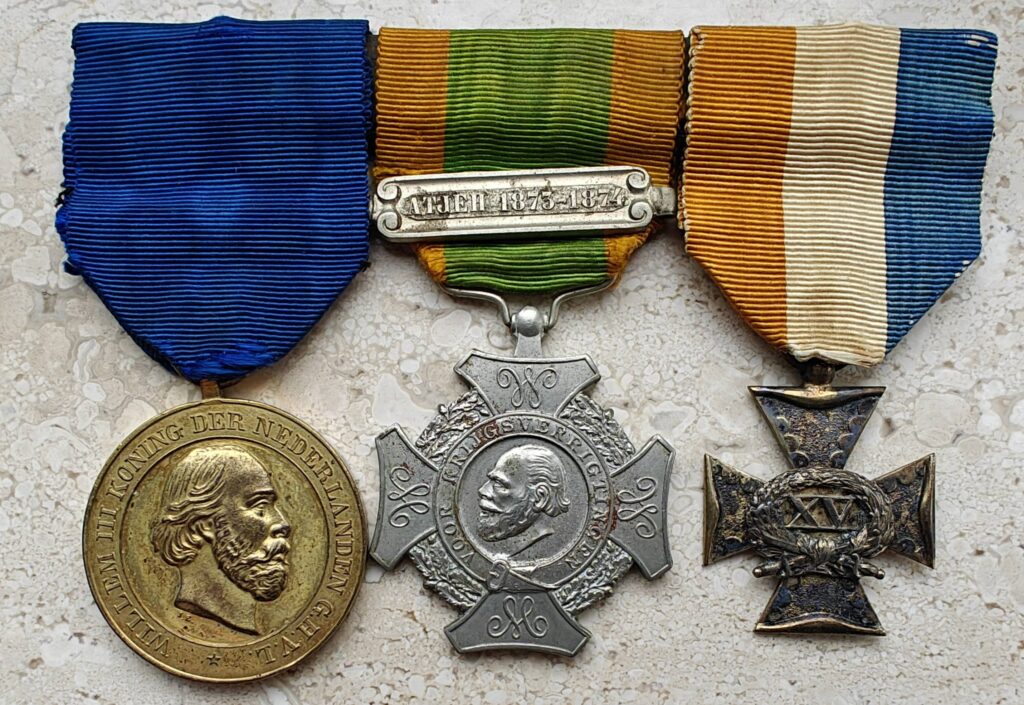
Over de varianten van de medaille zelf en de bijbehorende gespen is al het enige geschreven maar over de bijbehorende oorkonde is weinig tot niets geschreven.
Een drietal militairen met een EBK op het uniform: marine man met miniaturen, KNIL onderofficier en een officier.
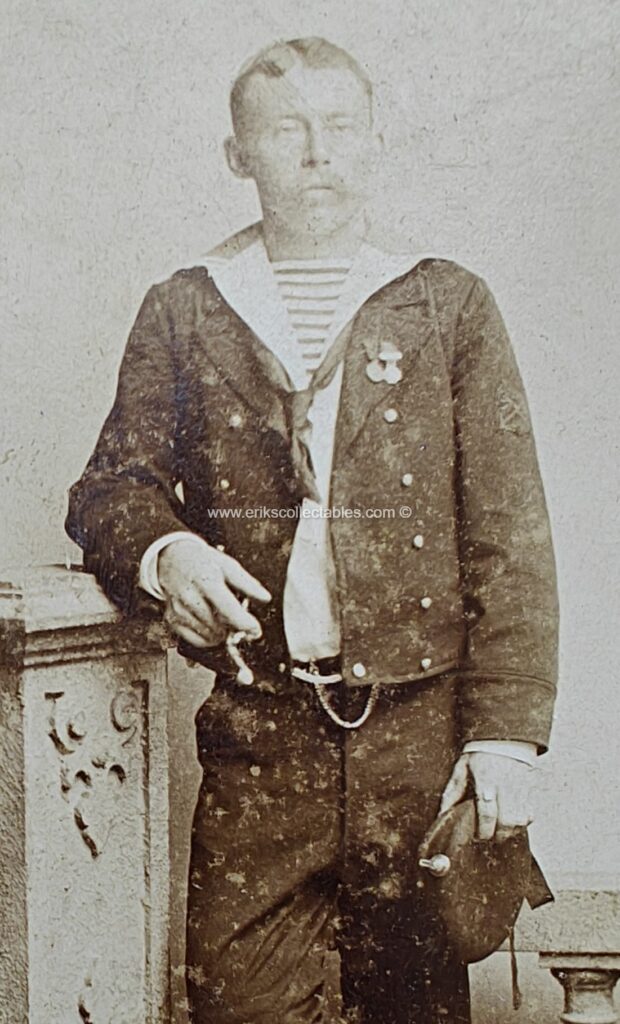
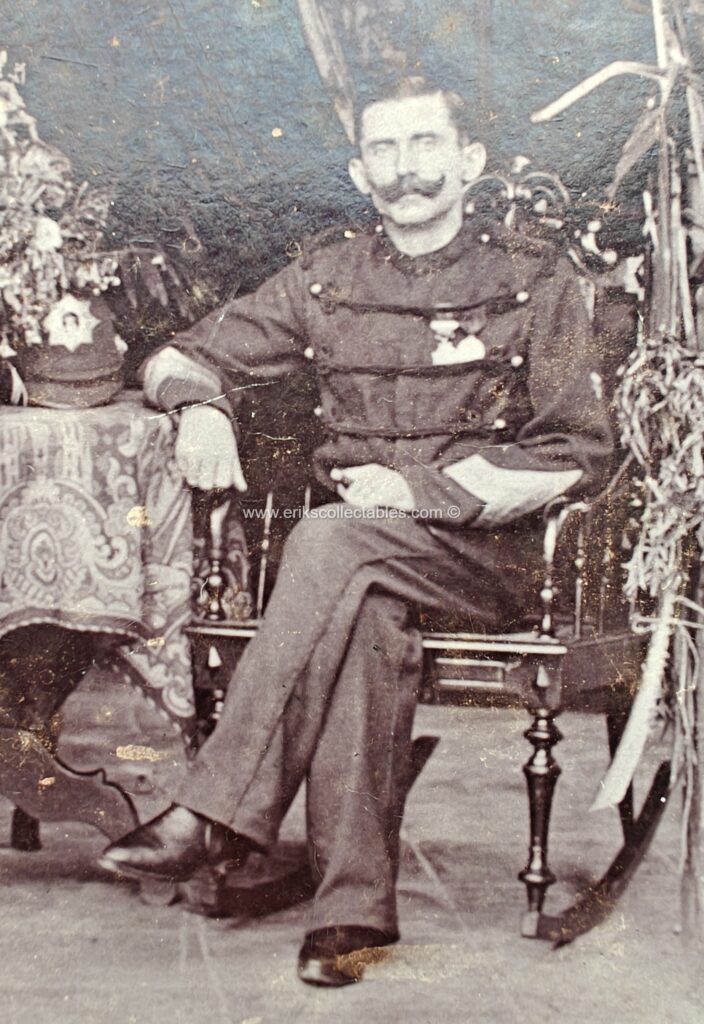
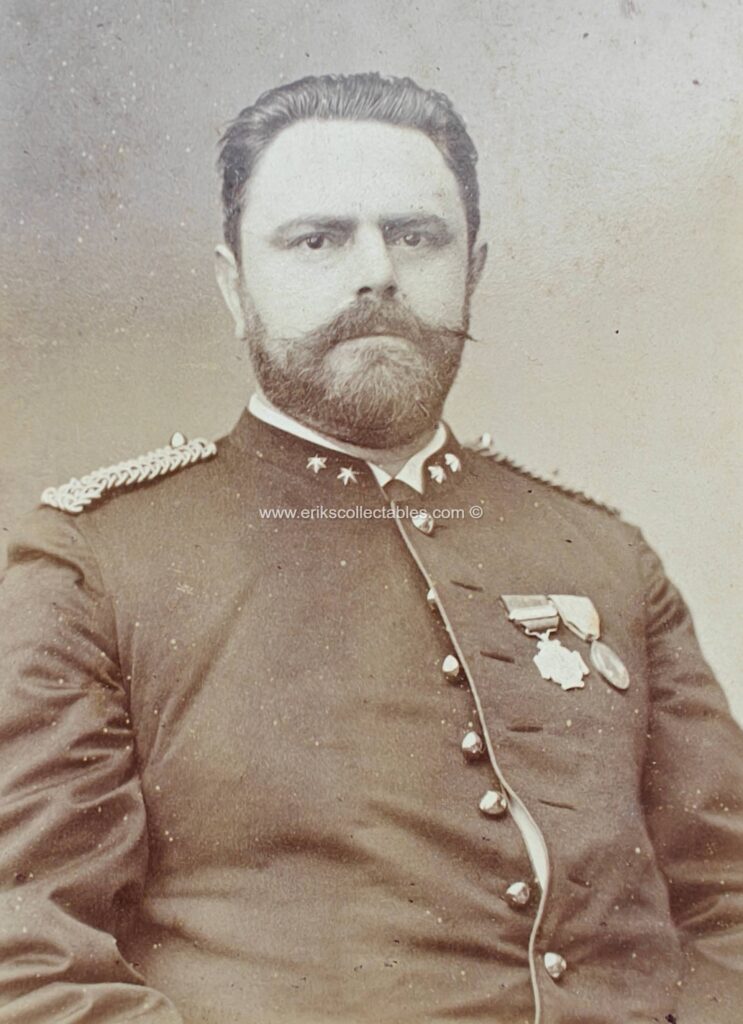
En ook in de kunst kan de EBK voorkomen zoals hieronder twee keer.
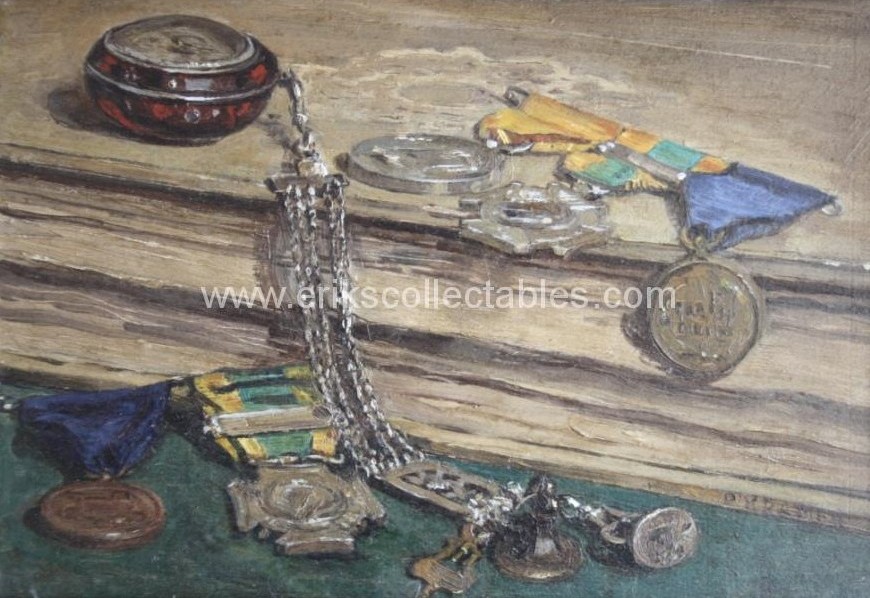
Schilderij met 2 EBK’s en andere medailles
Op basis van mijn eigen verzameling heb ik een aantal versies en varianten in beeld gebracht en heb ik nu als doelstelling een completer beeld te geven van de oorkondes. Daarvoor ook mijn oproep: heb je een variant die nog niet in deze blog genoemd staat deel foto’s met mij zodat ik deze blog kan uitbreiden!
Het onderzoek tot nu toe:
Er zijn twee hoofdvarianten, eentje voor het KNIL (en alle soorten hulptroepen die actief waren in Indië) en een versie voor de marine die beiden vanaf 1869 uitgereikt werden.
Dit gebeurde ook retrospectief voor de 6 gespen voor acties tussen 1846 en 1869 zoals de twee versies hieronder.
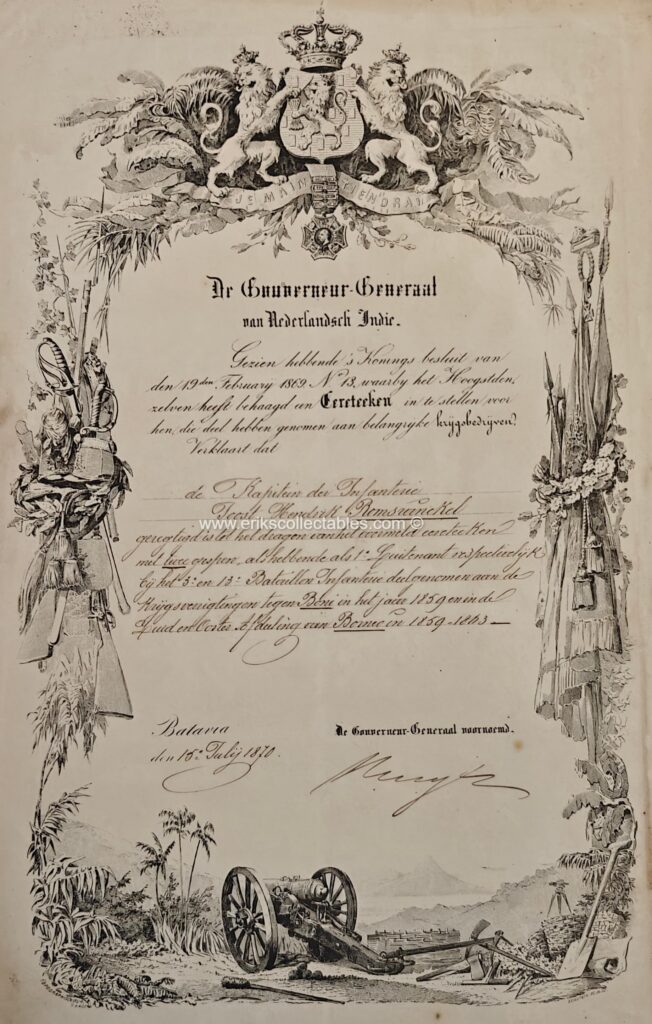
KNIL versie 1
De bovenstaande oorkonde is aan Joost Hendrik Romswinckel, uiteindelijk Luitenant Generaal (titulair) en Ridder Militaire Willemsorde 3e klasse! Zijn MWO4 werd hem verleend voor zijn betoonde moed in de Bonische Expeditie waarvoor bovenstaande oorkonde ook bedoeld is. Opmerkelijk is ook dat de oorkonde twee gespen omvat die beide retrospectief waren.
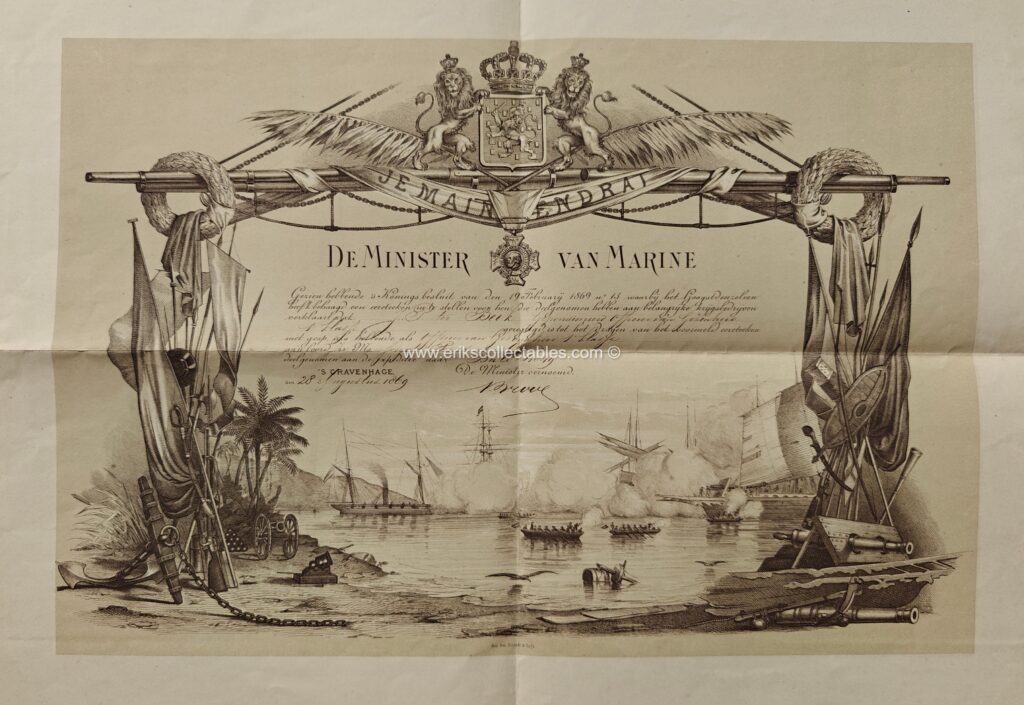
Marine versie 1
De oorkondes voor gespen voor 1869 zijn zeldzaam omdat veel mannen in de tussenliggende periode de dienst verlaten hadden en soms ook al gestorven waren. De bovenstaande oorkonde voor Bali 1849 is 20 na dato uitgereikt en de andere 10 jaar na dato. De versies die ik tot nu toe gezien heb voor de retrospectieve gespen waren allen voor officieren (ik heb er 4 in eigen verzameling, allen officier). Ik kan niet vaststellen of dit toeval is maar in ieder geval hadden officieren over het algemeen betere leefomstandigheden (en dus levensverwachting) en waren beter te traceren na een eventueel verlaten van de dienst, zeker als ze pensioen kregen.
Daarnaast zijn er versies en varianten uit verschillende periodes en ook met verschillende uitreikende instanties. Voor het KNIL is de Gouverneur Generaal de standaard versie maar hier zijn twee varianten:
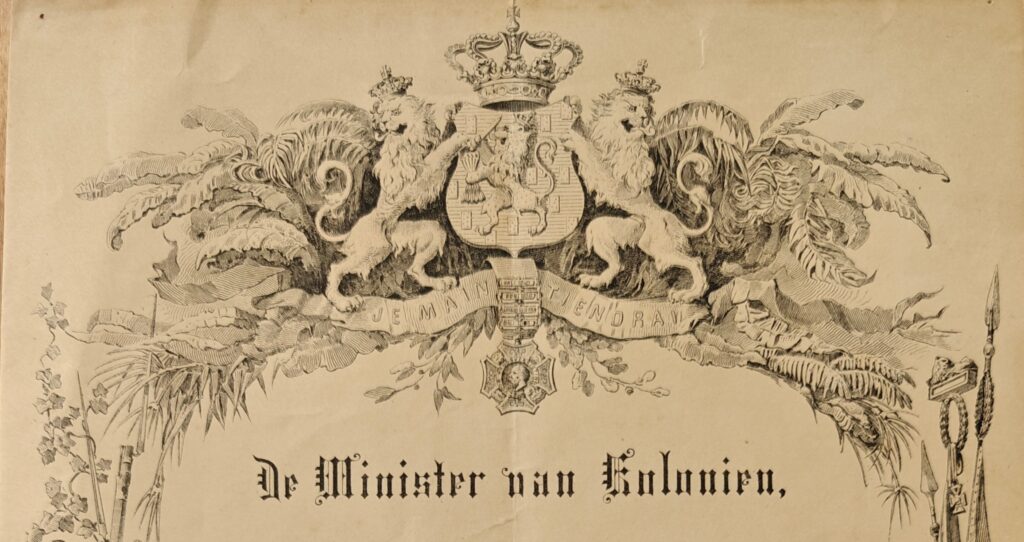
Uitgereikt door de Minister van Koloniën (variant van Versie 1)

En deze vroege variant uitgereikt door de legercommandant
Van de KNIL versie 1 heb ik twee maker varianten gevonden:
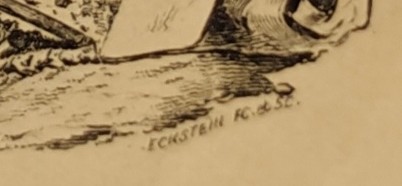
Versie 1 variant 1: Eckstein
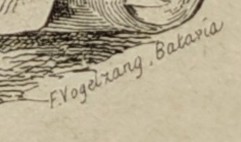
Versie 1 variant 2: Vogelzang
En dan is er een vernieuwde versie met enige verschillen in het ontwerp die ergens begin 20e eeuw geïntroduceerd wordt met modernere wapens en hoofddekels:
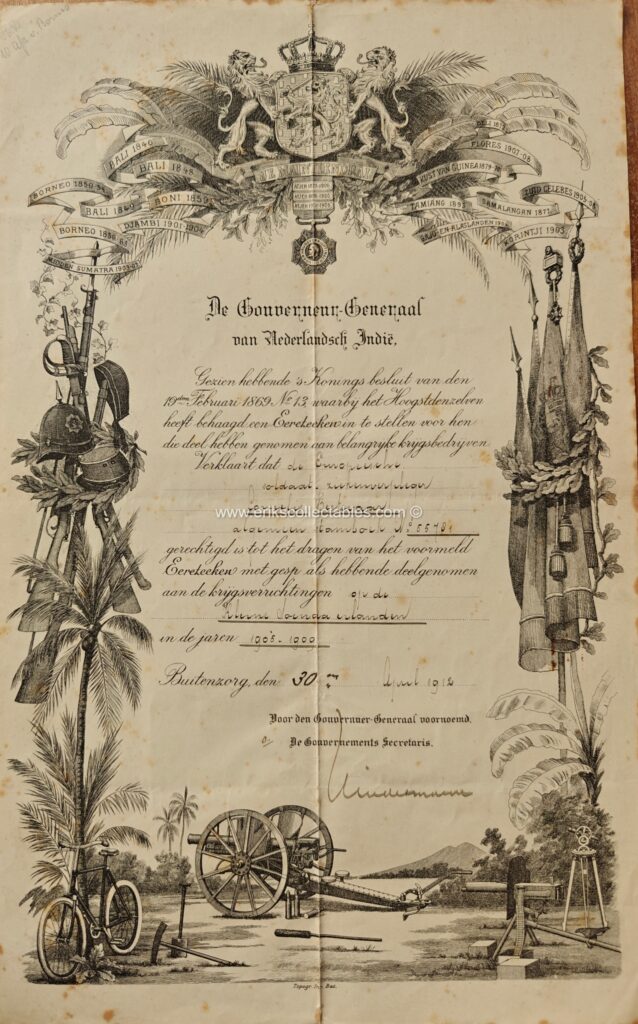
Versie 2
Hier een paar vergelijkingen van de verschillen tussen de 2 versies midden linkerkant:
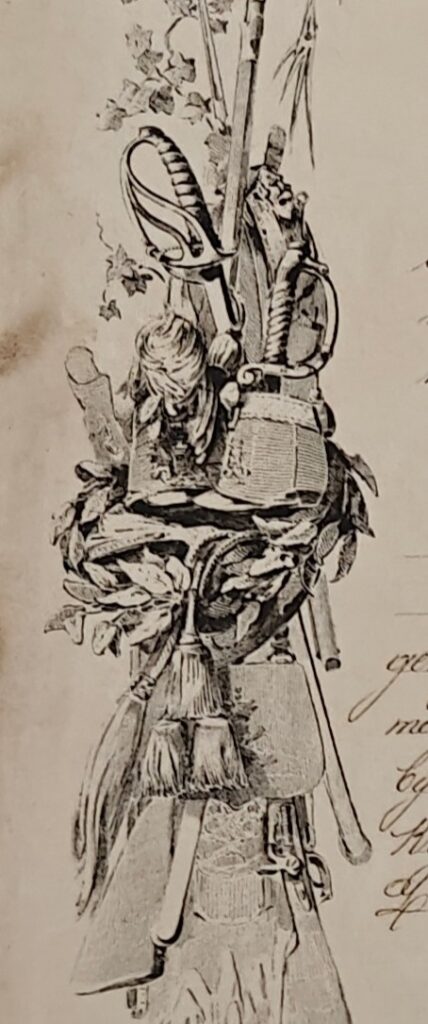
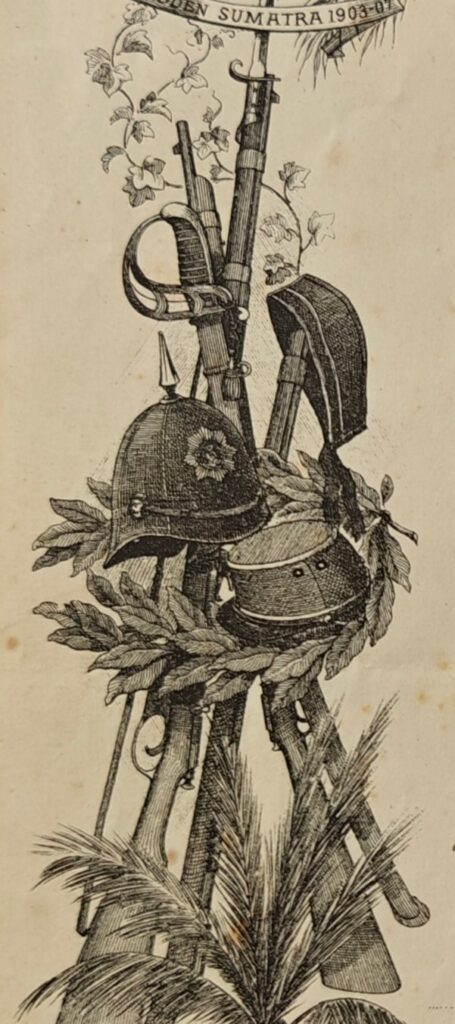
Links oud en rechts vernieuwd, modernere wapens en hoofddeksels. Klewang, karabijn en helmhoed onder andere.
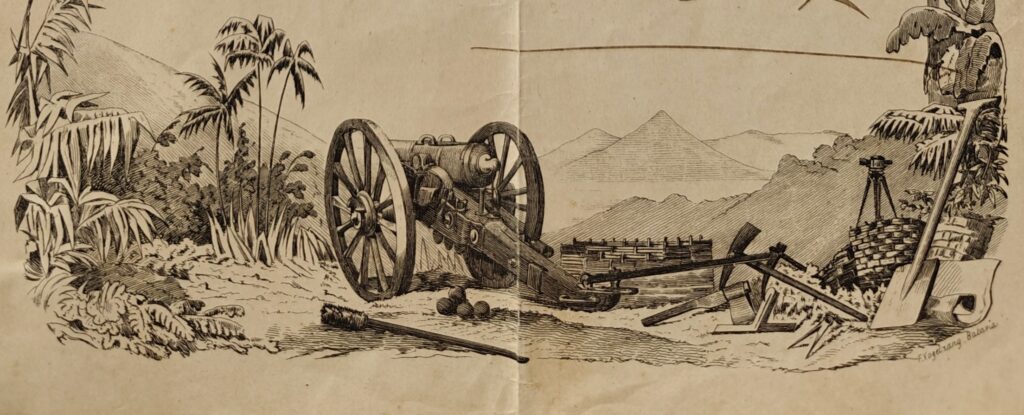
Versie 1 met kanon en genie toebehoren als thema

Versie 2 waarop ook een fiets en een machinegeweer staan
Binnen Versie 2 heb ik ook nog weer 2 varianten waargenomen:

Versie 2, variant 1

Versie 2, variant 2
Daarnaast kent ook de Marine meerdere versies. De tweede versie is eenvoudig ten opzichte van de oorspronkelijke versie:
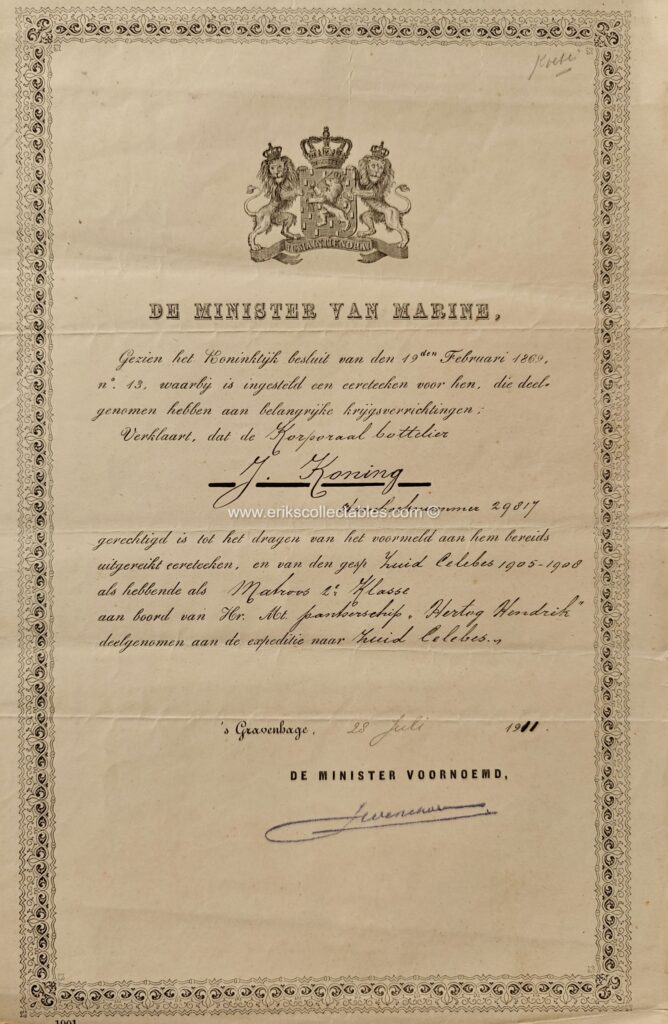
En hieronder nog een variant toen er tijdelijk geen Minister van Marine was en deze functie waargenomen werd door de Minister van Oorlog. Dit werd gedaan door de tekst handmatige aan te passen zoals hier te zien is:

Zeldzaam?
In algemene zin kan gezegd worden dan oorkondes zeldzamer zijn dan de gespen. Als de gesp zeldzaam is zal de bijbehorende oorkonde nog zeldzamer zijn.
Marine versies zijn in het algemeen weer zeldzamer dan KNIL versies omdat de betrokkenheid van de Marine soms niet van toepassing was en over het algemeen in veel kleinere aantallen dan de KNIL militairen.
De Atjeh gespen zijn de minst zeldzame dus dat zal ook voor de oorkondes zo zijn is mijn hypothese.
Zelf heb ik jarenlang een specifieke oorkonde gezocht (Gajo en Alaslanden 1904) en heb ik die alleen per toeval gevonden…
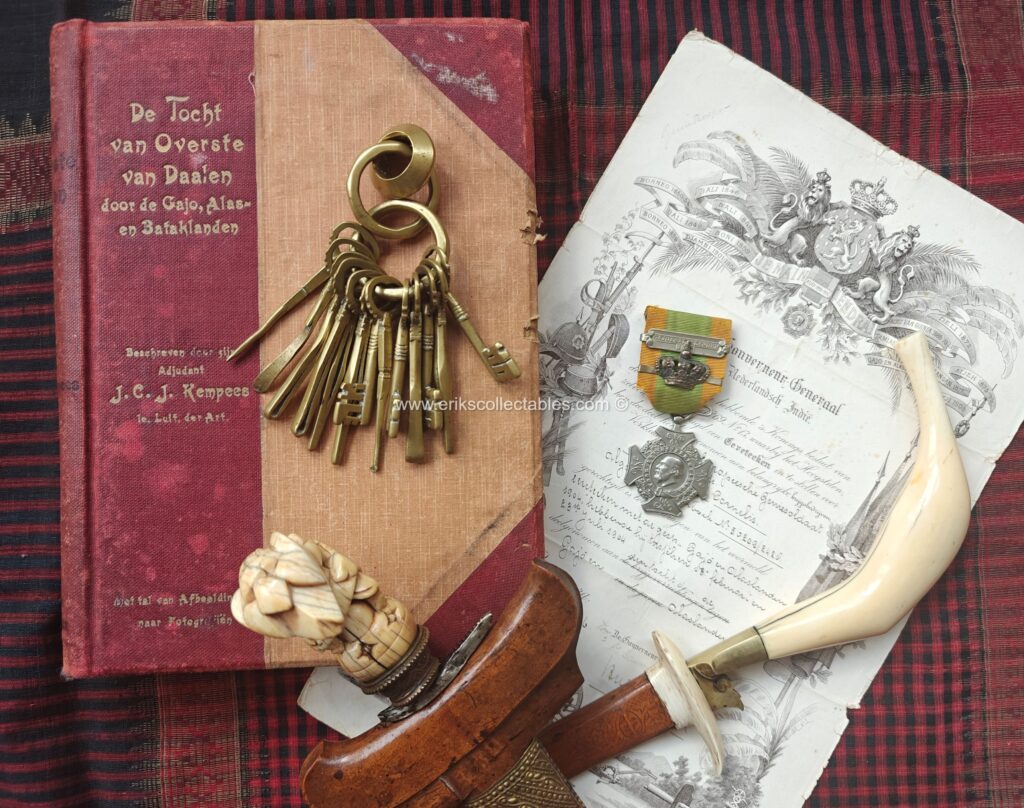
En dan een herhaling van de oproep: heb je een variant die nog niet in deze blog staat deel foto’s met mij zodat ik deze blog kan uitbreiden!
